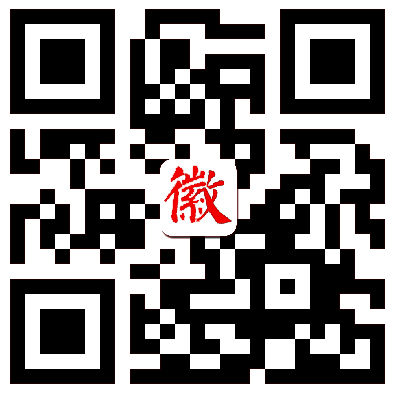Culture in Anhui
Anhui spans many geographical and cultural regions. The northern, flatter parts of the province, along the Huaihe River and further north, are most akin to neighboring provinces like Henan and Shandong. In contrast, the southern, hilly parts of the province are more similar in culture and dialect to other southern, hilly provinces, like Zhejiang and Jiangxi.
 Mandarin dialects are spoken over the northern and central parts of the province. Dialects to the north (e.g. Bengbu dialect) are classified as Zhongyuan Mandarin, together with dialects in provinces such as Henan and Shandong; dialects in the central parts (e.g. Hefei dialect) are classified as Jianghuai Mandarin, together with dialects in the central parts of neighboring Jiangsu province. Non-Mandarin dialects are spoken in the south: dialects of Wu are spoken in Xuancheng city, though these are rapidly being replaced by Jianghuai Mandarin; dialects of Gan are spoken in a few counties in the southwest bordering Jiangxi province; and the Hui dialects are spoken in about ten counties in the far south, a small but highly diverse and unique group of Chinese dialects.
Mandarin dialects are spoken over the northern and central parts of the province. Dialects to the north (e.g. Bengbu dialect) are classified as Zhongyuan Mandarin, together with dialects in provinces such as Henan and Shandong; dialects in the central parts (e.g. Hefei dialect) are classified as Jianghuai Mandarin, together with dialects in the central parts of neighboring Jiangsu province. Non-Mandarin dialects are spoken in the south: dialects of Wu are spoken in Xuancheng city, though these are rapidly being replaced by Jianghuai Mandarin; dialects of Gan are spoken in a few counties in the southwest bordering Jiangxi province; and the Hui dialects are spoken in about ten counties in the far south, a small but highly diverse and unique group of Chinese dialects.
Huangmei Opera, Once called "Huangmei Tune" or "Caicha Opera", is one of the most famous traditional operas in China. As a local drama in Anhui Province, Huangmei Opera actually originated in Huangmei County, Hubei Province, during the 18th century when Chinese local operas were flourishing.
 After being introduced to Anhui Province, Huangmei Opera swiftly took off in Anqing City and many other neighboring provinces. Now, the opera has grown into a professional performance piece in both rural and urban areas, becoming a recreational activity for millions of people.
After being introduced to Anhui Province, Huangmei Opera swiftly took off in Anqing City and many other neighboring provinces. Now, the opera has grown into a professional performance piece in both rural and urban areas, becoming a recreational activity for millions of people.
Over the past 200 years, Huangmei Opera has developed quite a number of repertoires much loved by people. In particular, Anhui Provincial Huangmei Opera Troupe's "The Heavenly Maid and the Mortal" ushered in a new era for the opera in its development history.
Hui Opera originated from Huichi Tune in Huizhou and the surrounding areas of Taiping, Qingyang and Shitai in the Ming Dynasty. It enjoyed a full development during Qianlong's reign and spread all over China during Daoguang's reign in the Qing Dynasty.
Their performances were so widely loved by the townspeople of the capital that in every theatre Huizhou Opera was put on, and in every performance a Huizhou Troupe took a major part. After that, Cheng Changgeng, a native of Anqing and a descendant of Gao Langting, gradually developd Huizhou Opera into Peking Opera by combining it with Han, Kun and other operas. It is said Huizhou Opera is an ancestor of Peking Opera.
 Anhui cuisine is one of the eight great traditions of Chinese cuisine. Combining elements of cooking from northern Anhui, south-central Anhui, and the Hui-speaking areas of southern Anhui, Anhui cuisine is known for its use of wild game and herbs, both land and sea, and comparatively elaborate methods of preparation.
Anhui cuisine is one of the eight great traditions of Chinese cuisine. Combining elements of cooking from northern Anhui, south-central Anhui, and the Hui-speaking areas of southern Anhui, Anhui cuisine is known for its use of wild game and herbs, both land and sea, and comparatively elaborate methods of preparation.
Anhui has a high concentration of traditional products related to calligraphy: Xuanzhou (today Xuancheng) and Huizhou (today Huangshan City) are revered for producing Xuan Paper and Hui Ink, respectively, which are traditionally considered the best types of paper and ink for Chinese calligraphy. She County is famous for the She Inkstone, one of the most preferred types of inkstone (a required tool in traditional calligraphy).



 View on mobile
View on mobile